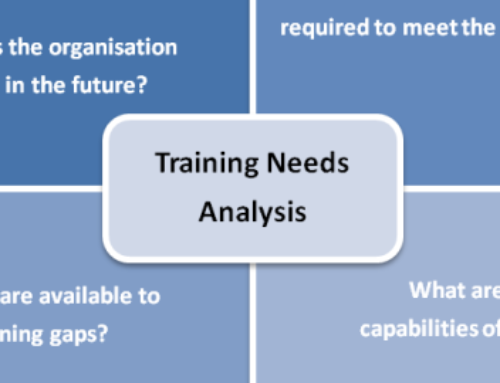The ARCS model is a problem solving approach to designing the motivational aspects of learning environments to stimulate and sustain students’ motivation to learn (Keller, 1983, 1984, 1987). There are two major parts to the model.
- The first is a set of categories representing the components of motivation. These categories are the result of a synthesis of the research on human motivation.
- The second part of the model is a systematic design process that assists you in creating motivational enhancements that are appropriate for a given set of learners.
The synthesis allows you to identify the various elements of student motivation, and the design process helps you profile the motivational characteristics of students in a given learning environment and then design motivational tactics that are appropriate for them.
The model has been used and validated by teachers and trainers in elementary and secondary schools, colleges, and universities, and in adult learning settings in corporations, government agencies, non-profit organizations, and military organization. In other words, in virtually every setting in which there is a requirement for people to learn.
What Are the ARCS Categories?
One of the goals of motivational design is to prepare a set of motivational tactics that are in alignment with learners’ motivational needs and are complimentary with the overall instructional plan. In order to do this, it is necessary to have a good understanding of the different characteristics of learner motivation and to understand what kinds of tactics go with each characteristic.
It can be difficult to this because there are so many elements in a course that can affect motivation. They include the materials you use; your own behaviours as a teacher; the structure of a lesson which calls for different kinds of actions at the beginning, in the middle and at the end; and the overall structure of the course with its various units and lessons. But, the four categories of the ARCS model (Table 1) offer assistance in each of these areas. Each category has subcategories and they are supported by specific psychological constructs. For each of these components, there psychological concepts that provide the theoretical foundation for the component, and there is a list of questions that serve as a “job aid.” For example, the question pertaining to “motive matching” under Relevance asks, “How and when can I link my instruction to the learning styles and personal interests of the learners?” The complete list of questions can help you analyse your approach to teaching or preparing instructional materials and can be used as a checklist to analyse your current materials and lesson plans. The questions can also be used as a source of ideas for ways to motivationally enhance your teaching.
Table 1 – ARCS Categories
| Attention | Relevance | Confidence | Satisfaction |
| A1 Perceptual arousal A2 Inquiry arousal A3 Variability |
R1 Goal orientation
R2 Motive matching R3 Familiarity |
C1 Learning requirements
C2 Success opportunities C3 Personal control |
S1 Intrinsic reinforcement S2 Extrinsic rewards S3 Equity |
keller’s book contains complete descriptions of these categories and the motivational variables subsumed in each. Also, several of my article publications that cover the points listed above. They contain descriptions of the theoretical foundation for each of these categories, list the “process questions” for each subcategory, and provide some sample strategies. If you have trouble obtaining any of the journal articles listed below, please send an email (jkeller@arcsmodel.com) and perhaps I can help.





